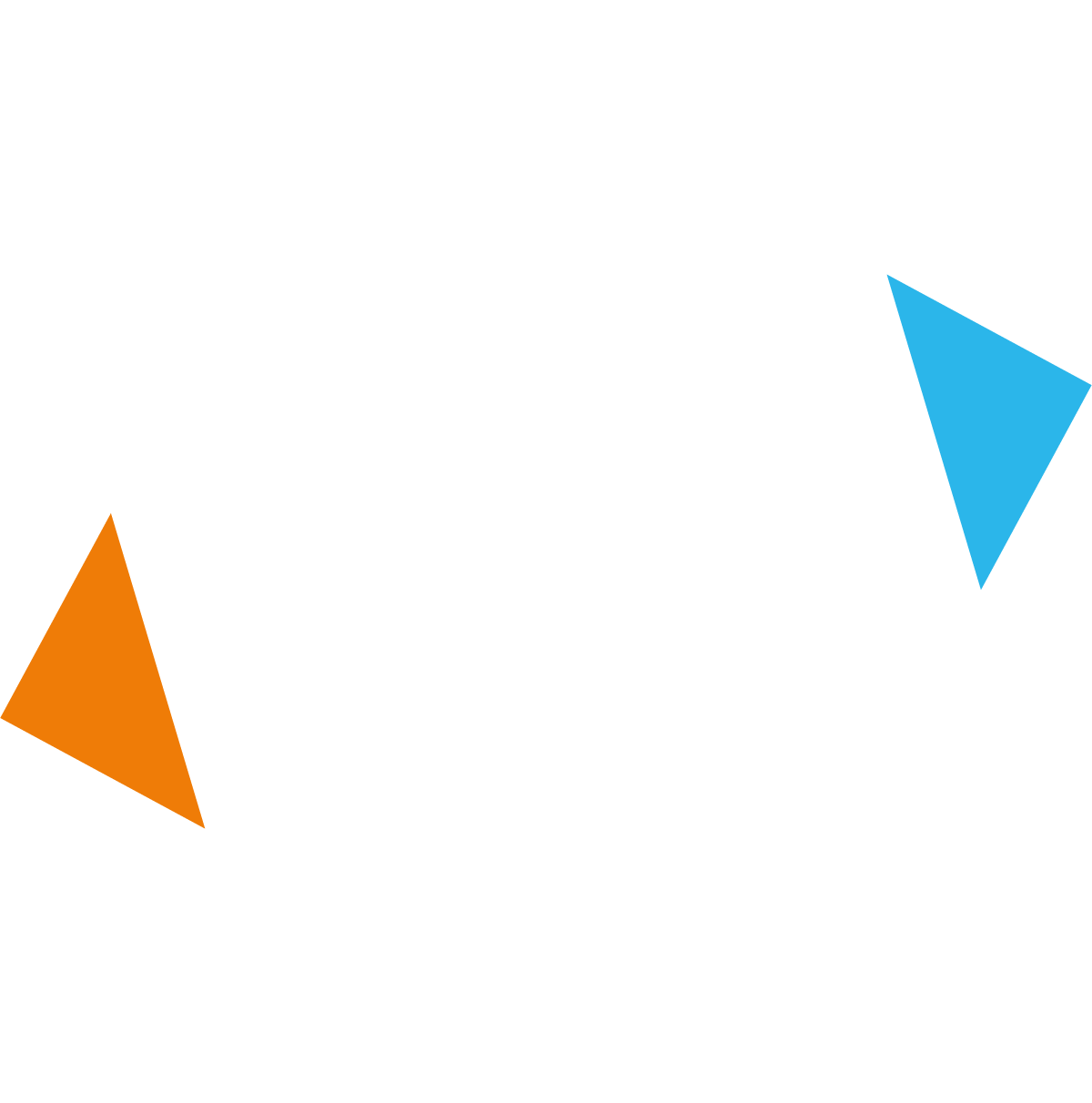Exhibition Opening Dates: 12 - 14 Nov 2024,
Cape Town International Convention Centre, Cape Town
Leave no one behind: connecting people through community networks
Africa Tech Festival 2020 Charity Partner, La Différence, shares their perspective on the challenges of connecting both the next and last billion.
Connecting the next billion
By Mike Beeston, La Différence, Official 2020 Africa Tech Festival Charity Partner
“Connecting the next billion” is a powerful rallying cry supported by major initiatives at Facebook, Google, Huawei and many tier one operators. There are also articles and conferences on the issue and prizes for solutions, all backed-up and propelled by an increasing focus on the Sustainable Development Goals and the mantra ‘leave no one behind’.
The reasoning is sound. Connectivity enables advances in economic activity, healthcare, learning, creativity and communication and around 60% of the world’s population is already online. Today, inclusion in the digital ecosystem equates to inclusion in the way the majority of us live. We should leave no one behind.
There is also plenty of knowledge about how to connect the next billion in terms of scalable infrastructure, affordable devices and government facilitation. The Alliance for Affordable Internet has even estimated the price tag - $428 billion USD - for connecting everyone on the planet.
However, every ‘next billion’ people is more remote in connectivity terms and will therefore cost more than the previous billion to connect - and will most likely generate lower returns. It was straight forward to connect people in developed nations but less so as we approach the last billion.
As a result, the rate at which we are connecting people around the world is slowing down and connecting the last billion may take another thirty years.
There are ideas aplenty, from satellites to balloons, that aim to complete the task and reach everyone. In this article we argue for a complimentary approach that is built from the bottom up rather than top down; that requires minimum resourcing, imposes less overhead, takes small steps, focuses on core needs and is led by the people themselves. This solution is referred to as ‘community networks’.
Why connecting the next billion isn’t going to reach the last billion
We’ve made good progress. At the time of the dotcom crash in 2000 only 7% of the world’s population were online. The figure is now 60%. In the UK it is 96%.
It may seem that we need to simply carry on connecting more and more in the same manner and eventually everyone will be online.
However telecommunications and digital connectivity are the product of developed nations with an approach to investment, implementation and governance that is aligned with the scale of demand and the disposable income within their main markets.
In addition to this, governments impose licensing obligations, handsets are sophisticated and expensive, digital services are complex and all is framed in the browser and located in the cloud. The ecosystem is in every sense a massive overhead.
Of course, there is a lot going on to lower the costs and provide entry points for the next billion. Satellite bandwidth is now competitively priced, fibre optic is reaching new countries and mobile broadband is available to 90% of the world’s population. It’s possible to buy an entry level smartphone for under $50 and data packages for 25 cents.
Lowering costs effectively lowers the ramp for more people to come on board.
Even so connectivity for many people is still unaffordable and as a result, active mobile broadband subscriptions grew by only 7% in 2019 compared with 10% or more in preceding years.
All predictions point to a slowing down in the rate of new connections this decade. The projections say that ten or even thirty years from now the last billion will still not be connected.
The telecommunications industry may be just too heavy, the approach too top down to complete the job. It simply cannot align with the daily grind of poverty and insecurity in the mud huts of Eastern Congo and elsewhere. It cannot respond to the reality of those who have a low-cost phone but don’t have the money to pay for it to be charged, and if they do, who simply wait for inbound calls because they don’t have the money to call someone.
An operator aiming to achieve an average revenue per user of $8 per month may be able to lower their sights to $5 to recruit new subscribers, but there comes a point when it makes no commercial sense, especially in a country like the Democratic Republic of Congo where the average ARPU reported in 2019 was $1.61. In deeply rural communities it will be under $1 per month.
The massive overheads of the telecommunications industry cannot connect with the daily reality of life for the last billion who spend $1.61 per month. The industry will fall short. The ramp will not extend low enough for them to come onboard.
It’s time to support solutions rooted in the need of the last billion
Starting with the last billion means building from the ground up, not the top down. It means beginning with the needs and interests of the people themselves. Our experience in Eastern Congo is that people’s needs focus on economic activity, improved security, education for the children, access to healthcare services and social belonging.
We know that well-designed digital services can help provide solutions to these needs - as do the people in Eastern Congo. They know they are missing out and they want to be connected.
However, it’s just too hard if this means having a smartphone with a solar panel and battery to keep it charged, the money to use the network, sufficient competence with the device and knowledge of the web to benefit from digital services.
At La Difference, we have seen that the barriers to entry can be lowered when connectivity is made available through community networks, which are installed, managed and developed by the communities they serve.
Community networks rebase the cost of digital connectivity because the community contributes with their time and labour to build the towers. They carry the sand and cement on their backs. They will look after the equipment. They will share the only smartphone in the village, they will train each other and ask each other for information and guidance.
Community networks are managed by the community, and the digital services that are made available on the network are chosen and developed in direct response to the needs of the community.
Pamoja Net
There are many examples of community networks around the world, including Pamoja Net, which is located on the island of Idjwi in Lake Kivu in the Democratic Republic of Congo. The island is 40 miles long and between 3 and 8 miles wide with a population of 300,000 under the guidance of a traditional king.
More than 80% of the people live in extreme poverty, there are practically no cars on the island, power is supplied by a limited number of solar panels and mobile connectivity is poor, so much so that some people have reverted to using Motorola walkie talkie handsets to communicate.
The need for a community network was instigated by the king of the island who was concerned that the more ambitious and capable young people were increasingly isolated and disconnected from the wider world and were leaving to study and work in the cities of Bukavu and Goma.
In response, La Difference, a social business incubator in the region, worked with the community to install a wifi network that is now used by more than 5,000 people.
The network is called Pamoja, which means ‘together’ in Swahili. It supplies bandwidth from a mast in Rwanda which is sent over the air to a mast in Bukavu and then 60 kms across Lake Kivu to the two main masts serving the community.
The signal is then relayed to around a dozen businesses on the island who pay for exclusive access until 16.00, after which it is available for free to the community. In this way the businesses are able to trade with the outside world and effectively subsidise community access after working hours. On the ground we have kiosks where people go to access hot spots, meet each other and where we organise training.
In the four years since installation there have been no problems with theft and the network is now at or close to operationally sustainable. It’s also changed people’s lives for the better. All this with limited support from just two foundations in the digital sector.
It is not just Pamoja showing that there are effect ways to connect the last billion. Bosco is showing the way forward in Uganda, as are a wide range of initiatives across the continent.
Organisations such as Association for Progressive Communications and the Internet Society are championing the approach and facilitating learning and collaboration, but so much more could be done with industry support.
A way forward
Community networks show there is an effective and sustainable way to connect the last billion, community by community.
The approach is complimentary to, not a replacement for other solutions. But their development requires a different mindset, one based on collaboration and rooted in the reality on the ground, in the daily life of the people rather than the economics of the mobile networks.
It also requires a greater commitment of resources than has been made so far, so that we truly leave no one behind.

The value of connectivity in poor, marginalised and remote areas
Watch the panel discussion with Patrick Byamungu, Co-founder and Director, at the virtual Africa Tech Festival 2020
Patrick Byamungu co-founded La Différence in 2014 together with Mike Beeston.
Patrick leads La Difference's operations to develop and scale social businesses in Eastern Congo. He is a member of the Internet Society and has presented at their annual summit on Community Networks in Africa. He holds a degree in entrepreneurship and project management.

